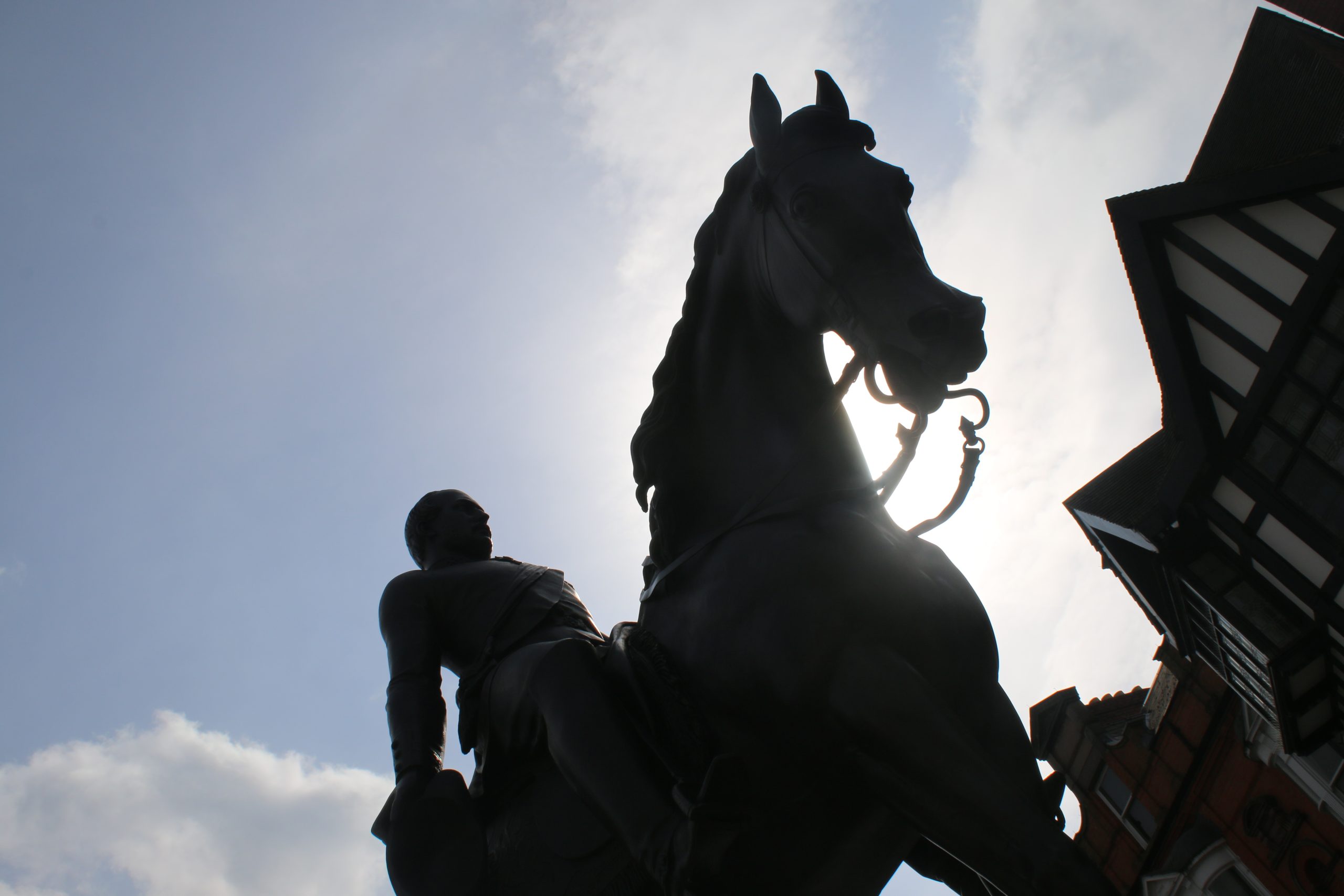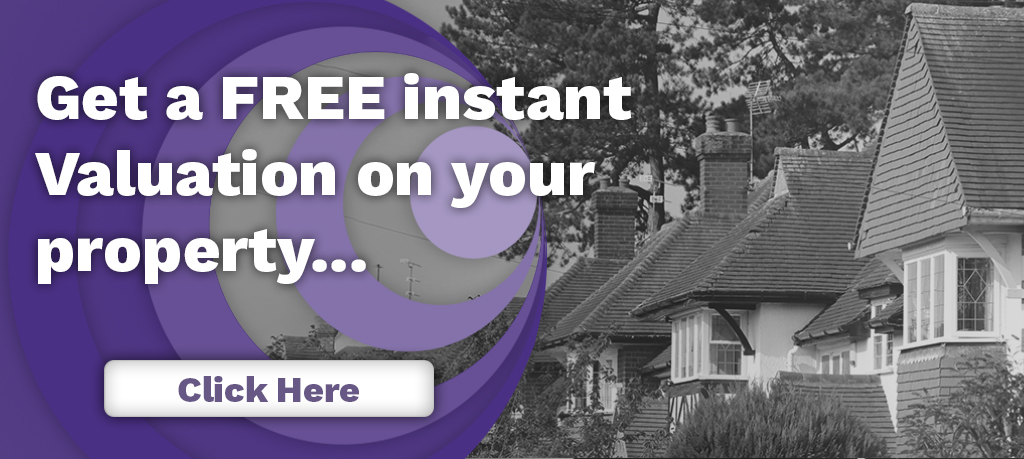Want to know what your property is worth?
Our Branches
Wolverhampton House Price Changes – an overview

Wolverhampton house price changes – an overview
Property prices in England and Wales have been on the rise for some time, the average overall price rising by 5.1k, or 2% between December 2017 and November 2018. But interestingly, the Wolverhampton property market has far exceeded the trend, outshining the rest of the country by a staggering amount. Here, we will take a look at some of the numbers, and the reasons behind them.
Wolverhampton area property prices
Post code sectors within the Wolverhampton area offer a great diversity in the average price of property, and type of property. WV1 is the most affordable place to live in the region, encapsulating the City Centre, University, and Mosely, with an average property in WV1 3 costing around £98.3K. This of course includes the older, more affordable property type, so a good many of the properties within this area are semi-detached, terraced, and flats/apartments typical of a city centre and its surrounds, although it’s also worth noting that there are new developments still underway here, which offer a great many flats and terraces in particular marketed at the more affordable end of the scale.
On balance, at the most expensive end, properties within the WV5 area, particularly WV5 7 are on average the most expensive in the region, coming in at an average price of £431k. This area to the South of the region straddles WV15 and the edges of Bridgnorth, and the WV4 and WV6 areas of Wolverhampton.
Where does Wolverhampton rank?
The average house price in the UK is £182k, with the most expensive area to live being WC (Western Central) in the city of London. Wolverhampton ranks as the 24th cheapest area to buy property with an average house price of £182k, out of 105 postcode areas in England and Wales.
Proportion of house sales in Wolverhampton, by price.
In the period between December 2017 and November 2018, the majority of properties sold brought between £100k – £150k, with 30.8% of properties sold being within this price range. This accounted for 1,500 sales in total. The next largest proportion of properties was between 150k – 200k, which had 25% of all Wolverhampton property sales. With 15.5% of sales followed properties which ranged in price from 50K to 100K, the cheaper end of the scale, and a total of 776 sales.
The very top of the scale accounted for 0.1% of sales, at a price of £1M plus, of which 3 properties were sold.
On average, and perhaps unsurprisingly, new builds tended to fetch more than established properties for the same period. Whereas an established property was on average priced at £180k, a new build property held an average price of £200k. This might be seen to solidify the popularity of new build properties across not just Wolverhampton, but England and Wales as a whole, as a surge in the population creates a demand for modern, affordable housing.
However, statistically the sales of established housing far outshone new builds in Wolverhampton during the 2017-2018 period, with older properties seeing 92.2% of all house sales in the area – a total 4.6k properties, compared to just 392 new builds.
Price differences between property types
Over the past 12 months, the type of property for sale has largely determined the price. On average, a detached property in the WV postcode area could expect to achieve a price of £292k, followed by semi-detached, which brought an average price of £161k – a massive 58% difference.
Behind that, a terraced property achieved an average of £134k, and a flat was on average £130k.
It’s no surprise that the largest proportion of sales within the Wolverhampton area was semi-detached, as these types of property generally fall within the £150k-£200k price bracket, and so it is natural to assume that these would be the most popular type of property for people moving into the area.
How does Wolverhampton property compare with surrounding areas?
The gap between house prices in the areas surrounding Wolverhampton has increased significantly over the past decade. Following the recession of 2008-2009, when property countrywide dropped in value, the years between then and now have seen some fluctuations in not only the price of property, but the trends in where properties were sought.
In the year 2018, properties in Shrewsbury held the highest average price, followed by Walsall, then Dudley, Telford, Wolverhampton, and lastly, at the lowest end of the scale, Stoke-on-Trent.
Following Walsall, Wolverhampton seems to have seen the steepest growth in property value within these areas, and continues to do so.
Other significant factors and trends
Due to recent modernisation and development of various areas in and around Wolverhampton, and a significant rise in the population over the past decade, it seems plausible that the Midlands, in particular Wolverhampton, has become a much more desirable place to buy and invest in property. From less than 390,000 residence in 2007, the area is now home to somewhere in the region of 410,000 people. This is not wholly due to an increase in births (which in fact have remained steady, in some cases declined, over the last decade) in the area, but more so people relocating for better job prospects and affordable housing in a thriving city which in many ways offers an alternative to London in terms of cost of living and growing industry.
Coupled with the fact that employment and wages have increased, unemployment has declined, and new business has chosen to move here, Wolverhampton is currently seeing a population largely made up of working age residence, with 61.8% of Wolverhampton’s population of employment age (16-64).
Wolverhampton seems set to continue in its growth, holding its own in a competitive market
Related Articles



